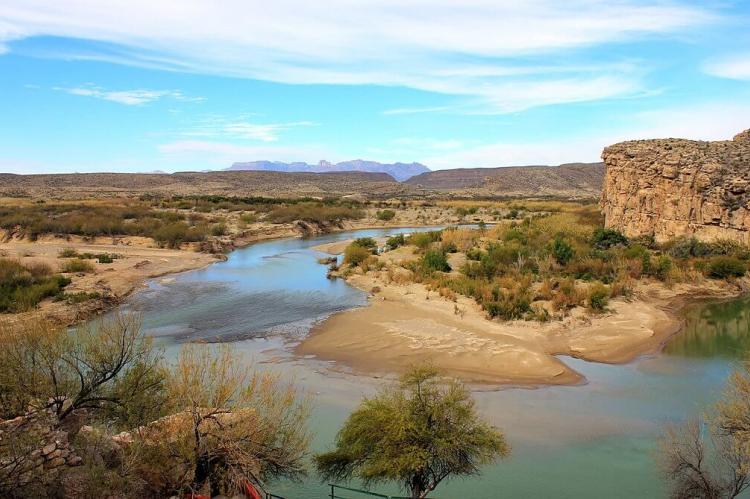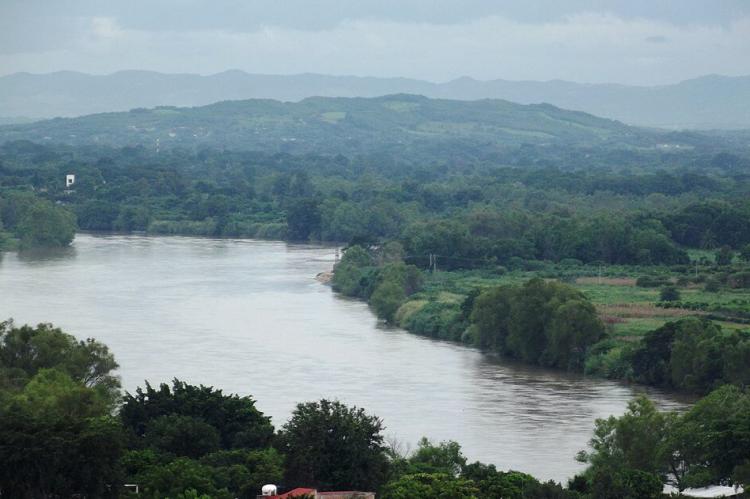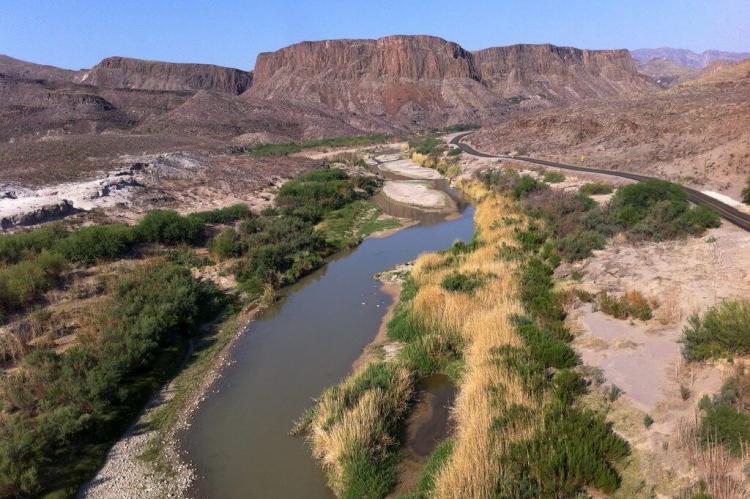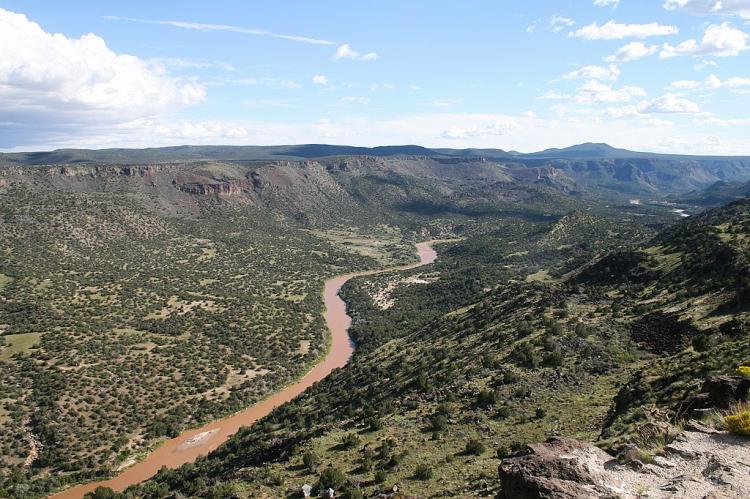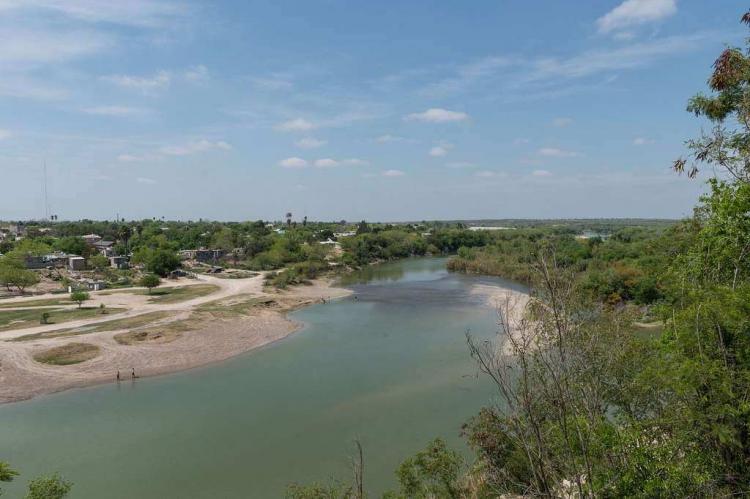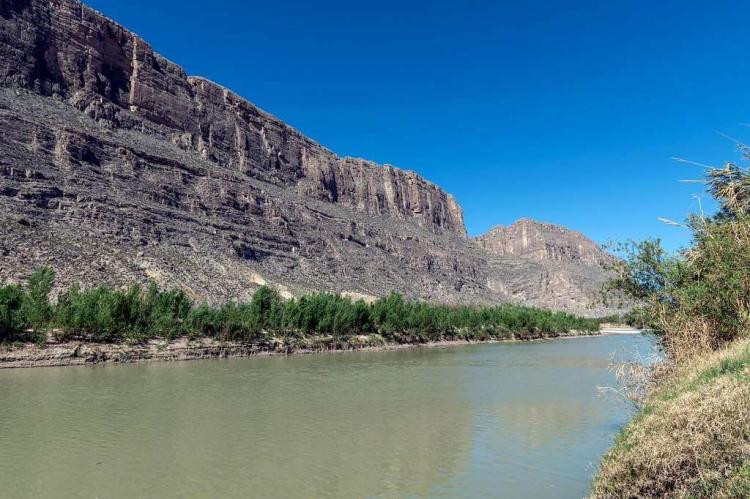Río Bravo: Rio Grande - A Lifeline of the Southwest
The Río Bravo, known as the Rio Grande in the United States, emerges as a formidable force of nature, carving its path through the rugged terrain of the North American Southwest. In its lower reaches, this iconic river forms the natural boundary between Mexico and the United States.
Río Bravo: Rio Grande - A Lifeline of the Southwest
The Río Bravo, known as the Rio Grande in the United States, emerges as a formidable force of nature, carving its path through the rugged terrain of the North American Southwest. This iconic river, spanning approximately 3,060 kilometers (1,900 miles), ranks fifth-longest in North America and 20th-longest globally, weaving through a myriad of landscapes and cultures that define the region's identity. The river forms the natural boundary between Mexico and the United States in its lower reaches.
Originating amidst the towering peaks of the U.S. Rocky Mountains in south-central Colorado, the Rio Grande springs forth as a crystal-clear mountain stream, its waters born from melting snow and glacial runoff. From this lofty beginning, the river embarks on an epic journey, descending through steep canyons and verdant valleys, gathering momentum as it courses southward toward its eventual rendezvous with the Gulf of Mexico.
As the Rio Grande traverses the arid landscapes of the Southwest, it serves as a vital artery, sustaining ecosystems and human communities along its banks. The river's waters irrigate vast agricultural expanses, supporting the cultivation of crops ranging from cotton and citrus fruits to pecans and chilies. These fertile lands, nourished by the Rio Grande's life-giving waters, have fueled the region's agricultural economy for centuries, shaping the cultural and culinary identity of the Southwest.
Yet, the Rio Grande's journey is not without challenges. As it meanders through the semi-arid landscapes of Texas and Northern Mexico, the river faces increasing pressures from human activities, including agriculture, urbanization, and water extraction. Demand for water along the Rio Grande's course often exceeds its natural flow, leading to conflicts over water allocation and concerns about the river's long-term sustainability.
The lower reaches of the Rio Grande, which forms the natural boundary between Mexico and the United States, bear witness to the impacts of intensive water use and habitat alteration. Here, the river's flow is heavily regulated and diverted for irrigation, industry, and municipal supply, reducing its once-mighty waters to a mere trickle before reaching the Gulf of Mexico.
Despite these challenges, efforts are underway to preserve and protect the Rio Grande's ecological integrity and cultural significance. Conservation initiatives, such as habitat restoration, water conservation, and sustainable land management practices, seek to balance people's and nature's needs along the river's course. Collaborative partnerships between government agencies, non-profit organizations, and local communities aim to safeguard the Rio Grande's precious resources for future generations.
From the towering canyons of Big Bend National Park to the bustling metropolises of El Paso and Ciudad Juárez, the Rio Grande weaves together a rich tapestry of landscapes, cultures, and histories. Its waters have shaped the destinies of nations and the livelihoods of countless generations, providing inspiration and sustenance for all who call the Southwest home.
In conclusion, the Río Bravo / Rio Grande is a testament to nature's power and the resilience of life in even the harshest environments. As stewards of this iconic river, it is incumbent upon society to ensure its continued health and vitality, preserving its legacy for generations to come. Only through sustained conservation efforts and collaborative management can the invaluable contributions of the Rio Grande to the natural and cultural heritage of the Southwest be safeguarded.
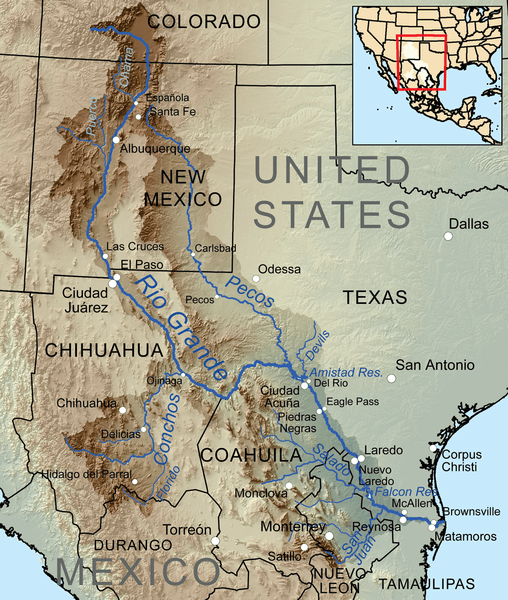
Map depicting the Rio Grande / Río Bravo and its tributaries within its drainage basin.
